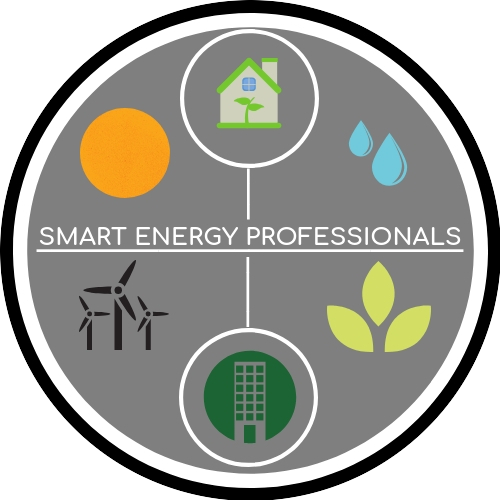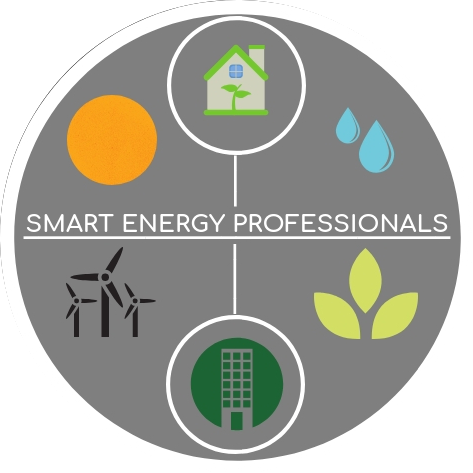
insulation and air sealing
the next step
-

Insulation
Insulation refers to materials or techniques that reduce the transfer of heat, sound, or electricity between different areas or surfaces. It is commonly used in buildings to improve energy efficiency, create a quieter environment, and ensure electrical safety. Thermal insulation regulates temperature by minimizing heat loss or gain. Sound insulation dampens sound waves to reduce noise transmission. Insulation improves energy efficiency, reduces costs, enhances comfort, and contributes to sustainability.
-

air sealing
Air sealing involves finding and sealing gaps, cracks, holes, etc. where air can pass through. In doing this, we prevent unwanted air infiltration and exfiltration, issues that can lead to drafts, energy loss, and higher costs. Air sealing is mostly needed in attics and basements, and sometimes around windows and doors, and areas where pipes and wires go through walls and floors. Air sealing comes with many benefits, such as improved indoor air quality, keeping consistent temperatures throughout the home and lower energy bills through energy efficiency. Contact us today!
-

Find the method that works best for you
There are many different ways to insulate an attic including:
-Batt insulation
-Blown-in insulation
-Spray foam insulation
-Radiant barrier insulation
-Insulating foam board
Air sealing comes in different ways including:
-caulking
-weatherstripping
-spray foam
-standard insulation methods
Let us help you find the best way to seal and insulate your home.
Insulation options
-

fiberglass
Fiberglass insulation is made from recycled glass and used to insulate buildings. It's eco-friendly and has good thermal insulation properties. Professional installation is necessary, and moisture control is important.
-

cellulose
Cellulose insulation is made from recycled paper and used to insulate buildings. It's eco-friendly, has good thermal insulation properties, and reduces noise transmission. Professional installation is necessary, and moisture control is important.
-

spray foam
Spray foam insulation is a liquid that expands into foam when sprayed. It seals gaps, provides insulation, and improves soundproofing. Professional installation is needed, and it's important to consider ventilation and safety precautions.
-

foam board
Foam board insulation is rigid insulation made from materials like polystyrene or polyurethane. It offers excellent thermal insulation and moisture resistance. It's versatile, easy to install, and has a high R-value. Consider consulting professionals for guidance on suitability and proper installation.
-

ecofriendly
Eco-friendly insulation options include cellulose, sheep's wool, cotton/denim, hemp, and aerogel. They utilize recycled or renewable materials, reduce waste, and have good thermal and sound insulation properties. These options help conserve energy, minimize environmental impact, and promote sustainability. Consider factors like availability, installation requirements, and specific insulation needs when choosing an eco-friendly option.
let us do the work
Take a look at the process below and give us a call for a free consultation.


